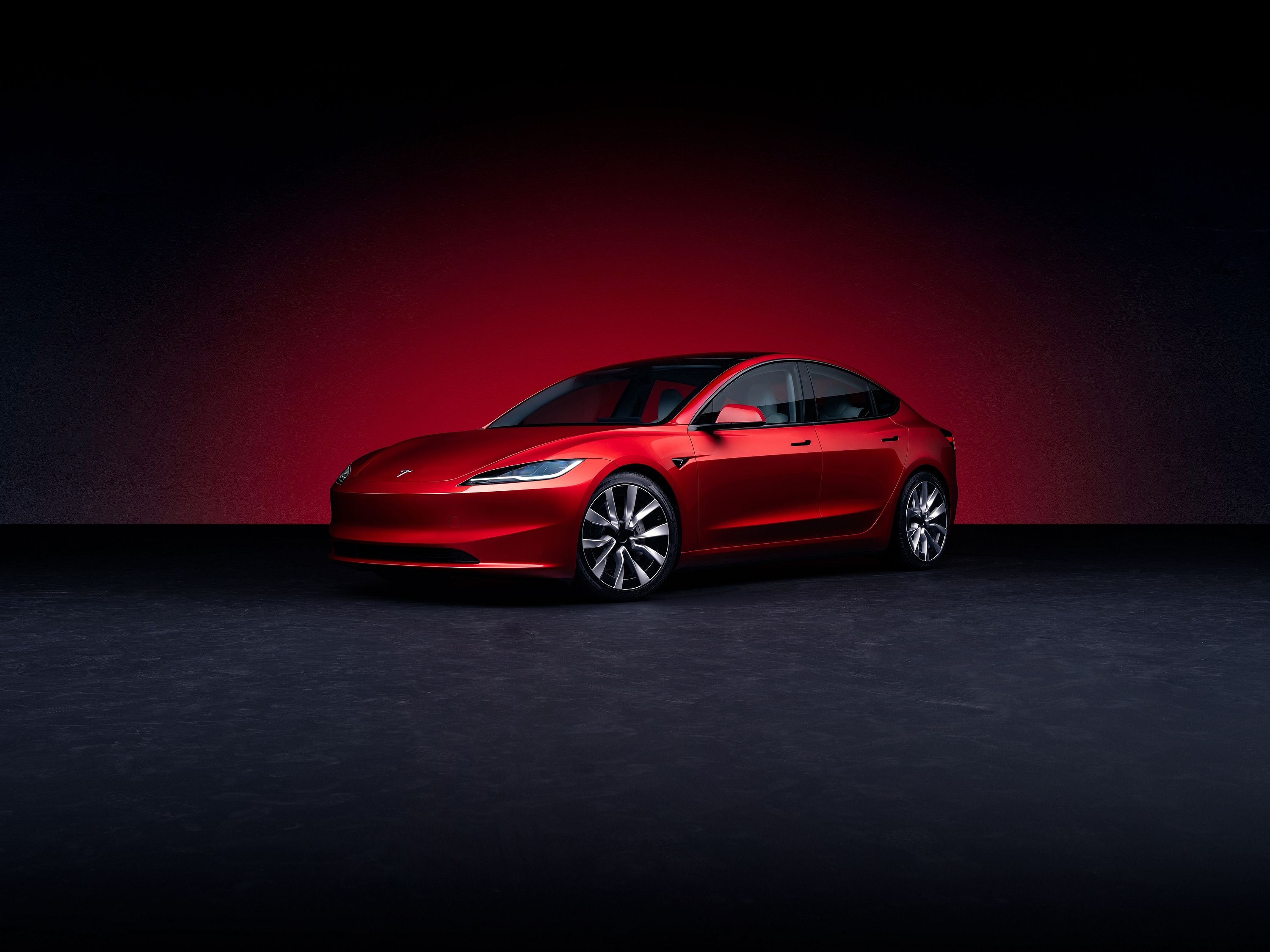
As the auto industry continues to recover from pandemic-related problems, specifically supply chain issues, analysts are becoming concerned about demand destruction in 2023. Demand destruction is exactly that: a decline in demand for a certain product as a result of increasingly high prices. Tesla, for example, could suffer especially from this because of increasingly high price tags for its bread-and-butter Model 3 and Model Y.
Per CNBC, the combined effects of high-interest rates, inflation, and recession fears could hurt consumer buying power, thus making new vehicle purchases less likely.
Automakers are finally building new vehicles at somewhat normal volumes, but what good is that if consumers aren't willing (or able) to buy? The good news is that the future hasn't been written yet, and several analysts still expect global and US auto sales to actually increase in 2023.
US auto sales alone could total about 13.7 million units, compared to 15.1 million in 2021 and 14.6 million in 2020. Globally, sales might hit 83.6 million vehicles next year, a 5.6% increase from 2022. But there's a downside to that. A sales surge could come at the expense of the "unprecedented pricing power and profits automakers have enjoyed on new vehicles over the last couple of years."
Consumers are simply being far more cautious these days.
"Ongoing supply chain challenges and recessionary fears will result in a cautious build-back for the market," said Chris Hopson, an analyst at S&P Global Mobility. "US consumers are hunkering down, and recovery towards pre-pandemic vehicle demand levels feels like a hard sell. Inventory and incentive activity will be key barometers to gauge potential demand destruction."
Translation: there's concern that higher interest rates, recession fears, and too much inventory on dealership lots could make automakers reduce prices. That's good for consumers, but it'll hurt automakers and their shareholders. Previously, having too much inventory resulted in carmakers offering incentives which, in the long-term, can hurt vehicle values. And that's not good for consumers.
For now, automakers are mainly focused on getting production levels back to normal, but even once that happens, more problems could arise.
With no foreseeable end to the permacrisis that has included global pandemic, war, and supply chain issues, 2023 could be tough.
